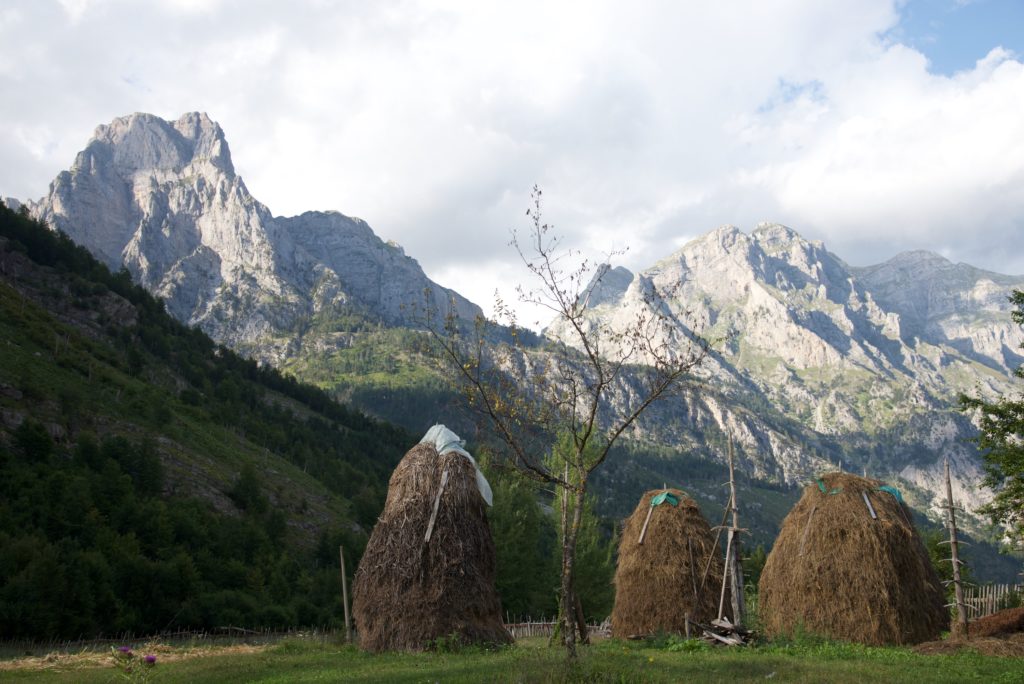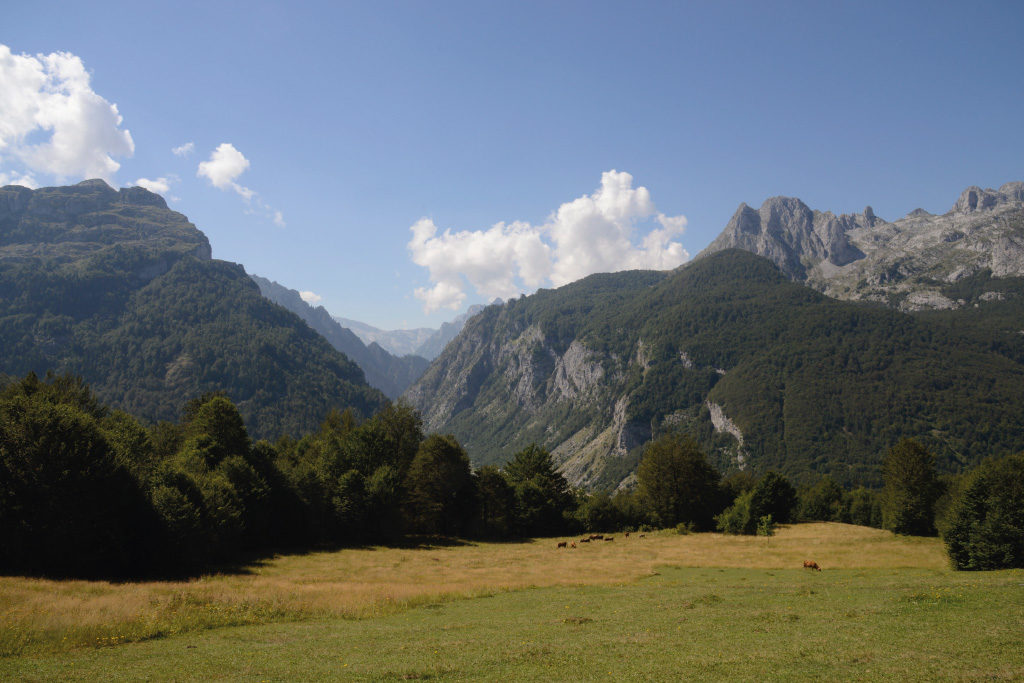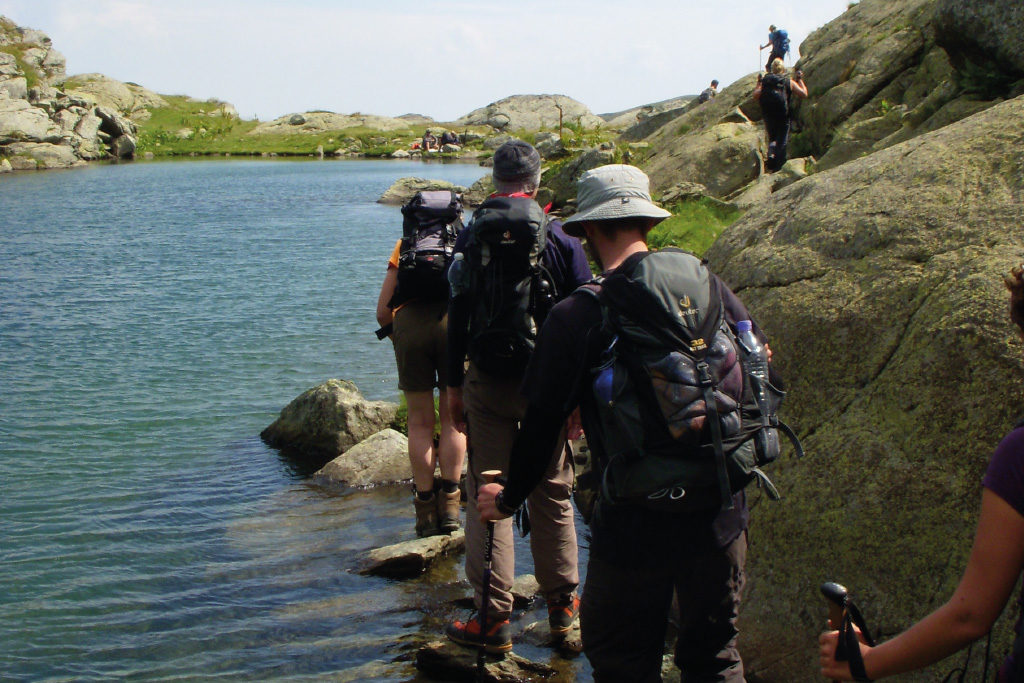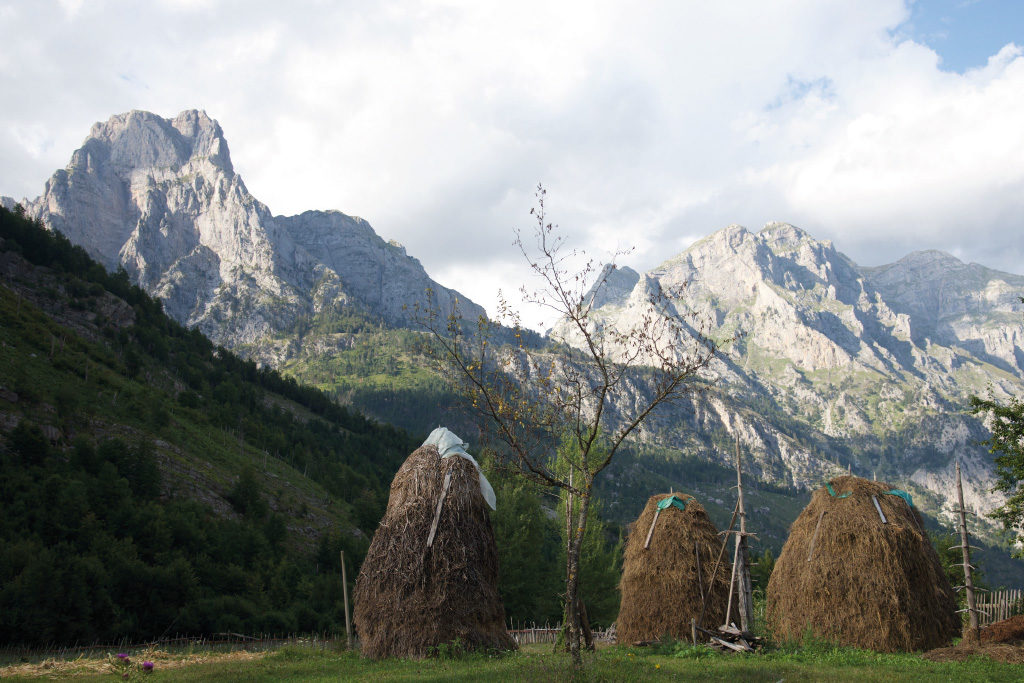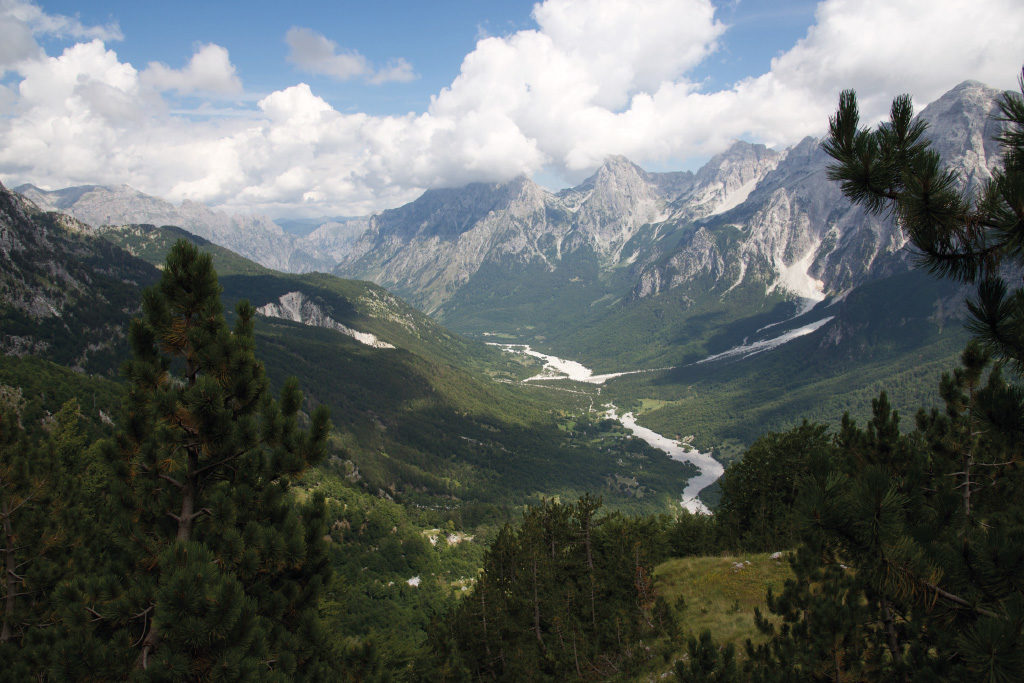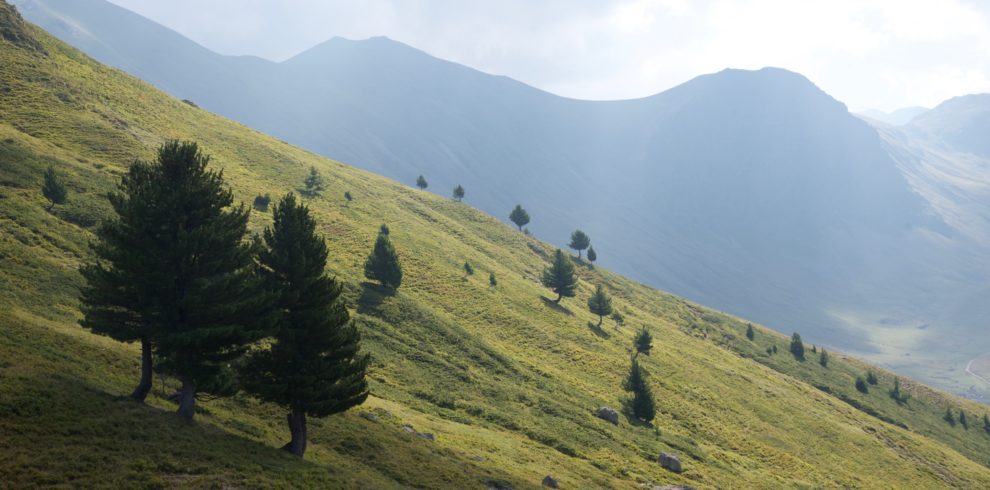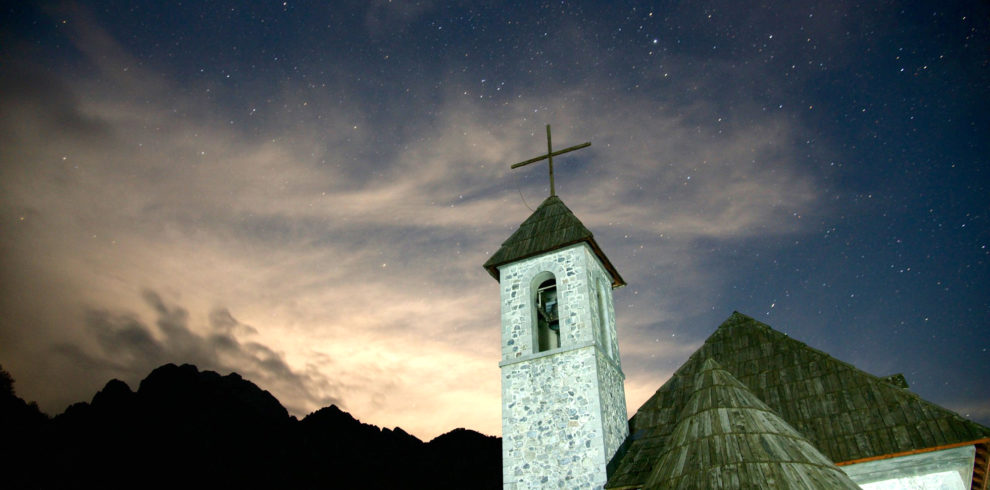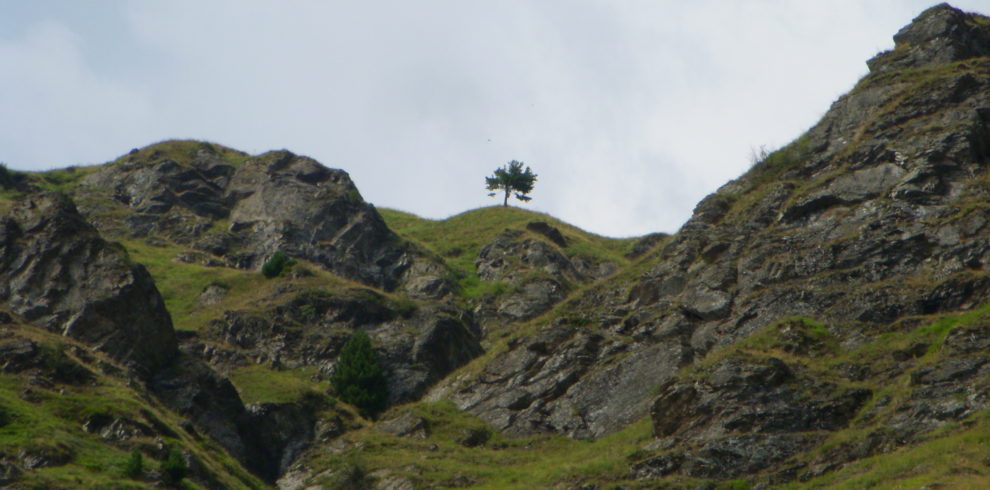<p>We depart from Tirana to Theth. After arriving in Theth we will take some easy hikes in the nearby of Theth, where we will visit the Kulla e Ngujimit, the waterfall of Theth and the Canyon of Nderlyse.</p><p></p>
<p>We depart from Theth in direction to Valbona. We pass through a wonderful forest, from which we will see both valleys in the same day, the Valley of Valbona and the Valley of Theth. In the path to Qafa eValbonws we see the majestic Alps of Albania. When we get to Qafa e Valbonws we see the two valleys clearly. After a refreshement we start descending through an historic path until we get back again to a forest until we reach Ragam, a village. We pass Ragam and walk following the river Valbona until we get to the guesthouse.</p>
<p>We have two options for going to Cerem: we can go through a short way through the canyons (in part we take a short trip by car), or we pass by the Qafa e Pesllopit, which is longer but more interesting.</p><p></p><p>We depart from the guesthouse toward Cerem using the path passing by Qafa e Borit. The highest peak is at Qafa e Pesllopit (2033m) where it is found the border between Albania and Montenegro. The path passes through Montenegro until arriving to the Qafa e Borit and then we enter Albania. In the Albanian part we will pass by and see the Shpella e Akullit. In the first part of the path from Qafa e Borit to Cerem we will walk adjacently to a stream and later on we will pass through a forest until we arrive to Cerem. There we will accommodate in a guesthouse, but the area does not have neither electric power nor cellular network.</p>
<p>We get the path from Cerem and walk for a short piece in the local road. Later we enter the oaks forest and pass through a number of livestock resting fields. We take the path toward Qafa e Borit and continue the path in the nearby of the stream until we reach Qafa. Here the path split between Vuthaj and Qafa e Pesllopit. We take the path to Vuthaj and get to the guesthouse there.v</p>
<p>After a short car trip to Ropojan, we will start walking from the Gjeshtari Lake. This is also a border point between Montenegro and Albania. The walk continues through a forest until the impressive Fusha e Rrunicws appears in front of us. Then we continue toward Qafa e Pejes where we will also see the iced lake of Peja. From there we descend to Theth in a historical path that follows the coniferous fores and the mountain slope. Merchants have used this path in medieval times. We get accommodated in a guesthouse in Theth. </p>
<p>We depart to Tirana by car.</p>

